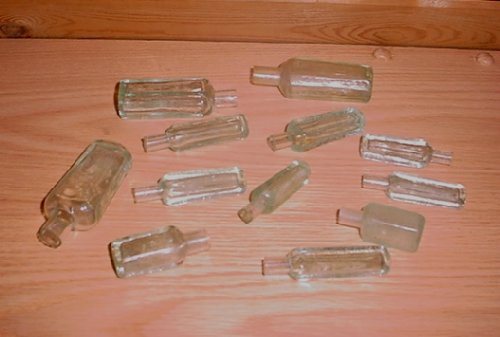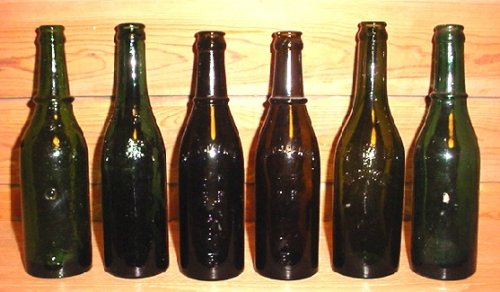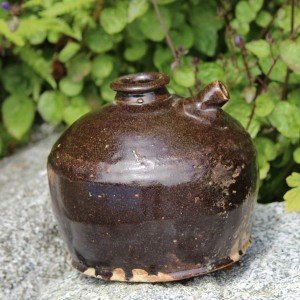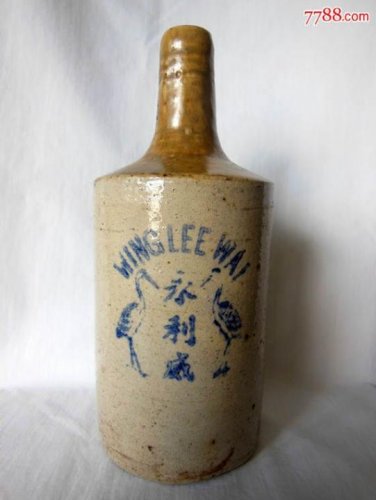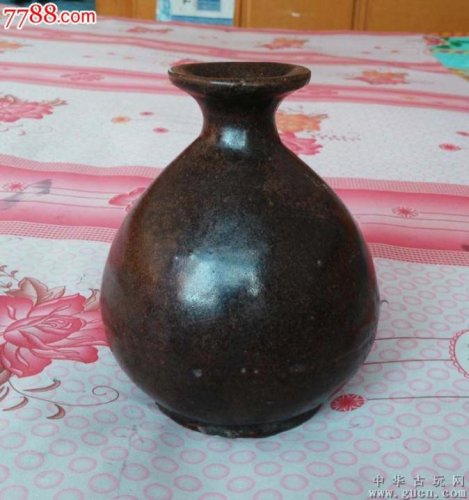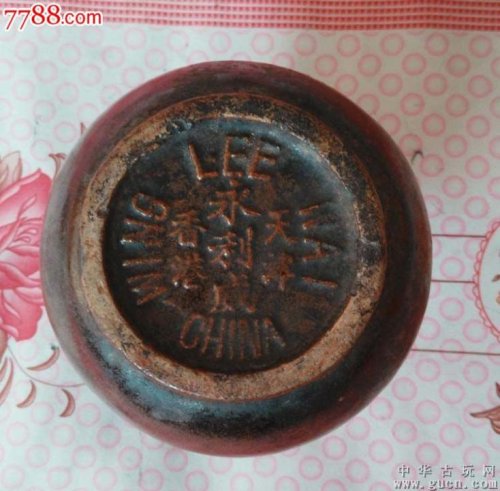sandchip
Well-Known Member
Well, I don't know about all that as I have had decanters with an apparently twisted pontil scar and refired on some and others not. I see no such evidence to the contrary and will leave it at that. I also realize we have come a long way from the earlier days of collecting on figuring out what went on in the early glassmaking, but to say with certainty that that is the case is a rather bold assumption considering the numerous variety of possibilities. That aside, I had no reason to figure this guy is from China which makes anything possible. Guess I'll go jump back into my hole and continue digging and just leave this page to you "experts."
Jack, I wasn't trying to rile you or anyone else with my comments but only trying to help. No, I wasn't there but I believe by simple reasoning that not only is there no such thing as twisted off pontil scars, but refired pontils are yet another myth. To twist off a pontil rod from a bottle, the glass would have to be of the consistency of caramel, and that hot bottle has to somehow be held while the rod is twisted off. What was used to hold it that wouldn't deform or otherwise damage or deface the bottle? What, a snap case, maybe? That would be going around the world to visit our next door neighbor! And keep in mind, these guys were production-minded to turn out as many bottles as possible. Also, they didn't have torches to apply heat to an isolated area of a bottle so that they could twist off a pontil rod so that wishful future collectors could say that they found a pontilled bottle that in fact was only smooth-based. (I've only found 7 pontils in my 42 years of looking, and nobody wishes more than I do!) The same logic would apply to so-called refired pontils. To apply enough heat to cause the pontil scar to melt back into the surface of the bottle base would destroy the entire bottle, but also taking time that these workers didn't have to waste. Once again, how were these guys holding that bottle while they tried to stick the base into the furnace? Snap case? Blowpipe? Bare hands? Come on, y'all! Grinding and polishing was the method used to eliminate unsightly scars from more expensive wares, done after the bottle or decanter had cooled and could be handled by hand.
I'm probably ticking off a lot of folks here, and that's my last wish, but it is what it is. Just like the crescent-shaped "mold repairs" that caused such a hot debate a couple of years ago. Mr. Red Matthews, who worked in the glass industry, argued a couple of years defending that theory before finally accepting that those marks were indeed only the case of the gather being pinched between the mold halves, which were reopened, the gather rotated a little, mold closed and bottle blown. Remember once again, these workers were hauling butt, not only to knock out as many bottles as possible, but also because the hot glass has a very tight window of workability before stiffening up. It's a wonder that there aren't more of those marks. Those workers were amazing. Hell, that brings up another thing, the crude "drippy" tops that we love so. "...caused by the hot glass running down the neck..." It's only where the string of hot glass was applied inaccurately (because they had to work so fast) to the whetted off (sheared) bottle neck, before using the lipping tool. The bottle was being held horizontally during this process, so the glass couldn't be running down the neck. The hot glass was pretty soft, enough so that they had to keep the bottle rotating to prevent slumping, but it wasn't runny like syrup.
I'm done now. Y'all can unload on me all you want.
Love y'all. Mean it.

